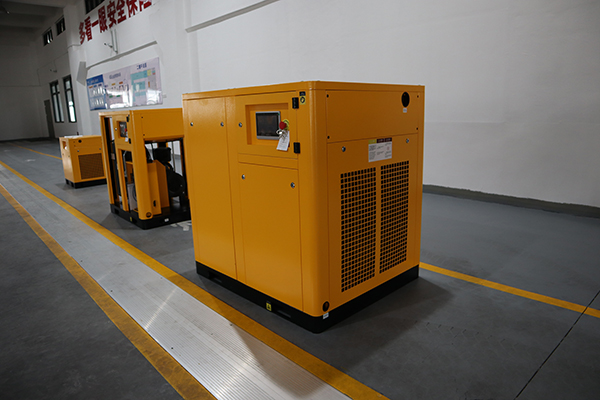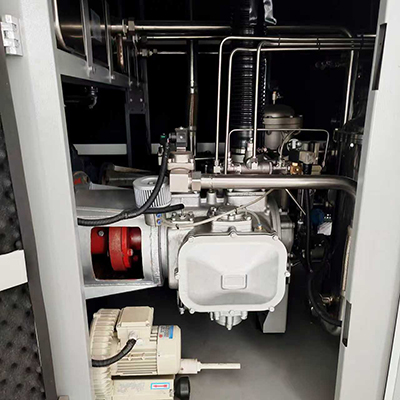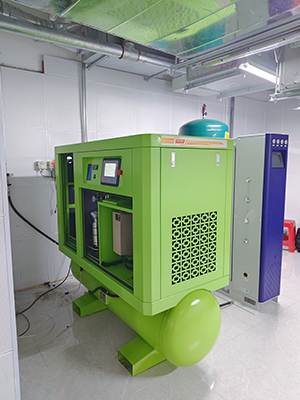Rotary Screw Air Compressor Technical Specifications Sheet
News 2025-10-24
Rotary screw air compressors are fundamental to industrial efficiency, utilizing a pair of interlocking rotors to deliver continuous compressed air with minimal pulsation. This specifications sheet details their core attributes, helping users select models that optimize performance in demanding applications. Key elements include robust construction for longevity and advanced features that reduce energy use, making them vital for modern manufacturing and processing.

These compressors typically operate at pressures between 7 and 14 bar, with flow rates ranging from 0.5 to 100 cubic meters per minute based on model size. Power ratings span 5 to 500 kW, accommodating various industrial needs. Available in oil-injected and oil-free configurations, they use high-strength materials like cast iron and aluminum for durability. Cooling systems and filtration options ensure reliable performance, with noise levels often below 70 dB(A) for quieter operation.
Rotary screw designs excel in energy efficiency, achieving up to 90% effectiveness in air compression while handling variable loads seamlessly. Their compact build minimizes space requirements, and integrated controls allow precise output adjustments, leading to reduced operational costs. Longevity is enhanced by fewer moving parts, resulting in extended service life and lower maintenance frequency compared to other compressor types.
In manufacturing, they power pneumatic tools and automation systems; in automotive sectors, they support painting and assembly processes. The food industry relies on them for packaging and conveying, while pharmaceuticals use oil-free models to maintain air purity. Construction and mining applications benefit from their ability to provide consistent air for drilling and material handling, ensuring smooth workflow in diverse settings.
By supplying dependable compressed air, these compressors boost productivity and minimize disruptions in critical operations. They enable precise control in automated systems, contributing to higher product quality and safety standards. In an era focused on sustainability, their efficient designs help reduce energy consumption and emissions, solidifying their role as a cornerstone of reliable industrial infrastructure.


